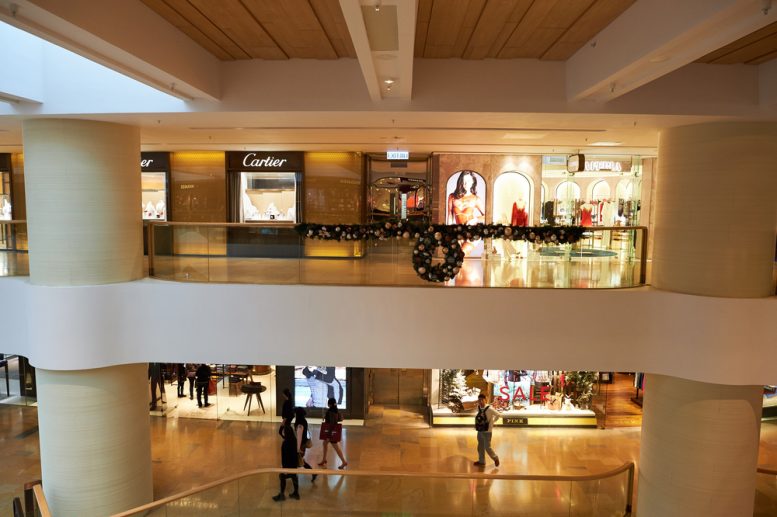As online retail becomes increasingly relevant, shopping malls will continue to suffer. Being the largest real estate investor in the world, Blackstone (NYSE:$BX) has pushed this sentiment, warning experts of dark times that are ensuing quicker than originally expected.
With online retail sales now accounting for 10% of overall U.S retail, many big chains were forced to close multiple locations in recent years. According to CoStar, a provider of data, retailers have announced plans to cut over 76 million square feet worth of store space thus far this year, which would be almost as much as the entirety of 2016
As retail worries continue to be a factor, shopping malls are certain to feel increasing coercion – primarily, it’s the smaller malls and “enclosed” hubs in less populated American cities and towns that are hurting the most, as retailers are demanding for lower rental rates, or picking up and leaving altogether.
“The retail industry is clearly facing headwinds. And it’s the first time we’ve seen secular rather than cyclical headwinds,” head of North American real estate at Blackstone, Nadeem Meghji weighs in. “We’re now seeing pressures even on luxury retailers, which I didn’t expect to happen as fast as it has.”
Due to this overwhelming concern for retail locations, enclosed, second-tier malls have aroused investor skepticism. Mr. Meghji estimated that average prices of the 1,100 enclosed regional malls have plunged as much as 40% in the past two years alone. Even the most popular locations have experienced declines, as prices amongst the top 50 enclosed malls have probably declined by about 20 per cent.
While no longer exposed to the enclosed shopping mall sector, Blackstone’s real estate arm, which manages about $102 billion in assets, is still invested in some grocery-shop anchored malls. However, increasing concerns have limited these investments to high-density populated areas.
“The internet has made the value proposition for a lot of shopping malls less relevant,” Mr. Meghji continued. “If you add in the factor that they actually tend to have higher operating costs due to security, electricity and so on, then they are high-cost rental spaces for retailers.”
However, not everyone thinks so morbidly of shopping malls. Under the influence that retail malls can easily be converted into residential space, Greg Maloney, chief executive for American retail at JLL (a real estate investment and management company), believes that the pessimism has been overdramatized. Greg Maloney argues that online shopping was less disruptive than the inefficiency that retailers experienced from over-sized spaces.
“People say the internet killed bricks-and-mortar retailers. But bricks and mortar killed itself,” Maloney said. “People say they don’t know how we’ll survive, but we do it by adapting.”
With a growing number of companies trying to increase their e-commerce exposure, current retailers are experiencing some pressure. One of Canada’s largest and oldest department store chains, Sears (NASDAQ:$SHLD), is prime evidence of such scenario. Warnings from the management of their “substantial doubt” in Sears’ ability to operate came in March, so it should be no surprise when the company’s Canadian subsidiary filed for bankruptcy just last month.
Albeit operating, the US company has also been heavily penalized. That is, the steadiness of its operations and share value was accomplished through aggressive cost-diminishing initiatives. However, echoing the sentiment of many analysts, there are limited costs that can be cut. If Sears US finds itself filing for bankruptcy in the near future, head of restructuring firm SierraConstellation Partners, Larry Perkins, believes it will be a glaring signal for investors.
As Mr. Meghji explains, “The big names mark the tipping points, and everyone is now looking at Sears as it is such a marque name… Its cultural significance is disproportionate, given its legacy and history.”
Featured Image: depositphotos/ teamtime










